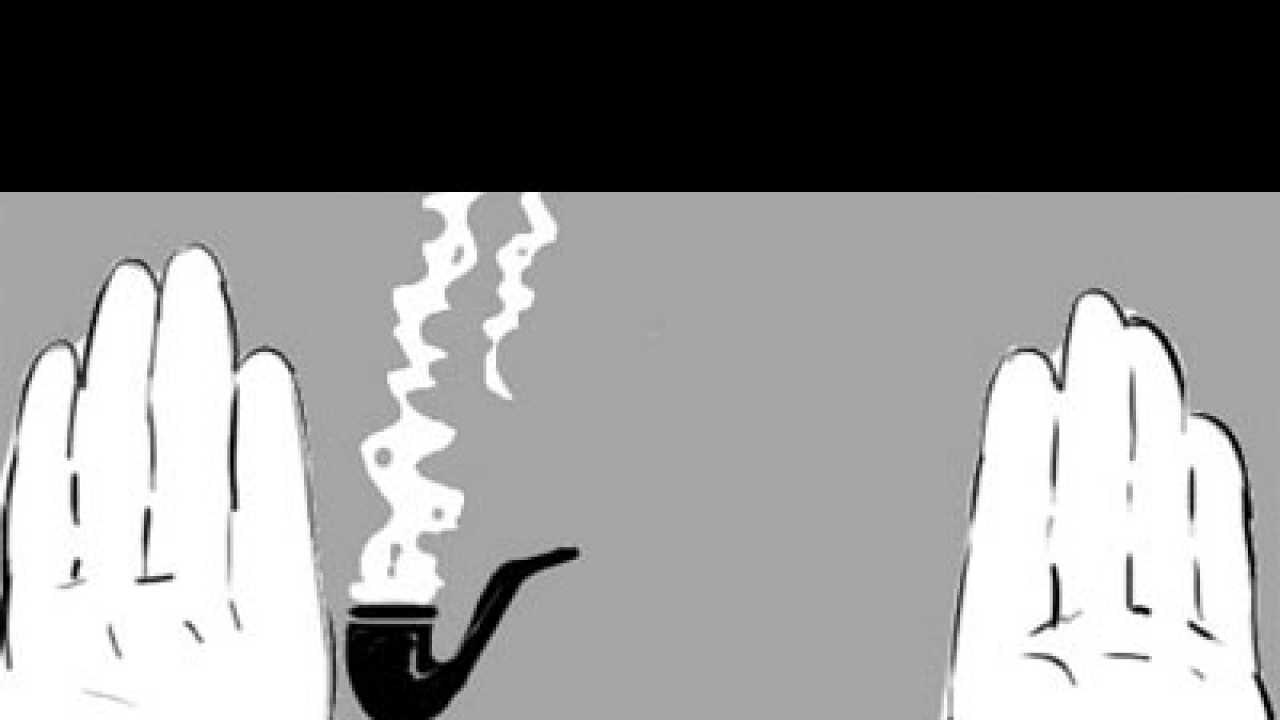
The door opens, framing the tall, rugged, handsome man with the piercing look. We have seen the many moods of this most frequently photographed Indian film maker, through his years of fastidious creativity.
But on this day in December 1991, on the threshold of 1, Bishop Lefroy Avenue, Kolkata, what you see is a simulacrum of that cult figure. He is reduced to sunken-eyed, sickness-ravaged gauntness. Shock makes you burst into tears.
Satyajit Ray smiles and says reassuringly, “You know, I am not really as ill as I look. Come, have some coffee.” He guides you in, asking so many questions that you wonder who is interviewing whom. That is how the man who would die in four months comes alive as he talks about the sights and sounds — on and outside — the screen.
On that cloudy day, the window throws shifting lights, ruffling the speaker’s expressions through a chiaroscuro of tones and textures. You sense his fascination for all that is human, his deep bonding with nature. You realise something else. With his fine-tuned sensitivity, he is also trying to make you overcome your embarrassment at having created drama on his doorstep.
His words are well chosen, because the thoughts are well wrought. Yes, he is aware of the cracks in his old idealism. The last films are desolate. Shakha Proshakha (1990) features characters yielding to corruption as a way of life, only the brain-damaged son remains incorruptible. “I feel the old values of personal integrity, loyalty, liberalism, rationalism and fair play are completely gone.”
Is this rigid moral rectitude somewhat dated? Ray responds sternly, “If you draw conclusions from my films, obviously they are also about the person who made them. My films do reflect my preferences for right conduct, an upright lifestyle, the psychological attitudes and behaviour I consider admirable and those which I do not. But no, I am not a prude!”
Then, unexpectedly, irritation gives way to a confiding moment — childlike, endearing. You almost don’t hear his “You know, I was a non-believer for so long, now I am no longer sure...”
Many film makers have come and gone, but Satyajit Ray remains a Colossus of world cinema.
What makes him so remarkable?
His imagination? Subtle aesthetics? Meticulous craft? Sophistication? Is it his ability to grasp the intimate particular, and invest that visual or aural image with haunting echoes?
A husband’s and wife’s hands freeze as they reach out, unable to clasp... The newly wed picks up his wife’s hairpin on the pillow and glances at her with adoring elation... The fading grandeur of an old zamindar resisting the tinsel age... a snake gliding into a deserted home... Ray didn’t need the heroic spectacular or megaphone politics. No other Indian auteur has made everyday moments as incandescent, as elegiac, as tender, as inspiring.
Take the image on the Google home page on May 2.
A casual doodle, of two laughing children. But it captured the joy of innocents abroad, encountering the wonders of the world. So different from the know-all glassiness of globalised netizens. You didn’t need the caption “Satyajit Ray’s 92 Birthday”, to know that the children were from his cult film Pather Panchali (1955), racing through the kaash field to look at the train.
This little doodle recalls our own Eden, as Ray tracks humanity’s lost sense of primal wonder, in the simplest image, in the most natural moment. Always, he finds the elusive in the allusive. He unravels the magic and mystery of the corporeal world, to rediscover a taken-for-granted truth: to be alive is to be part of a miracle.
The author is a playwright, theatre director, musician, and journalist writing on the performing arts, cinema and literature.